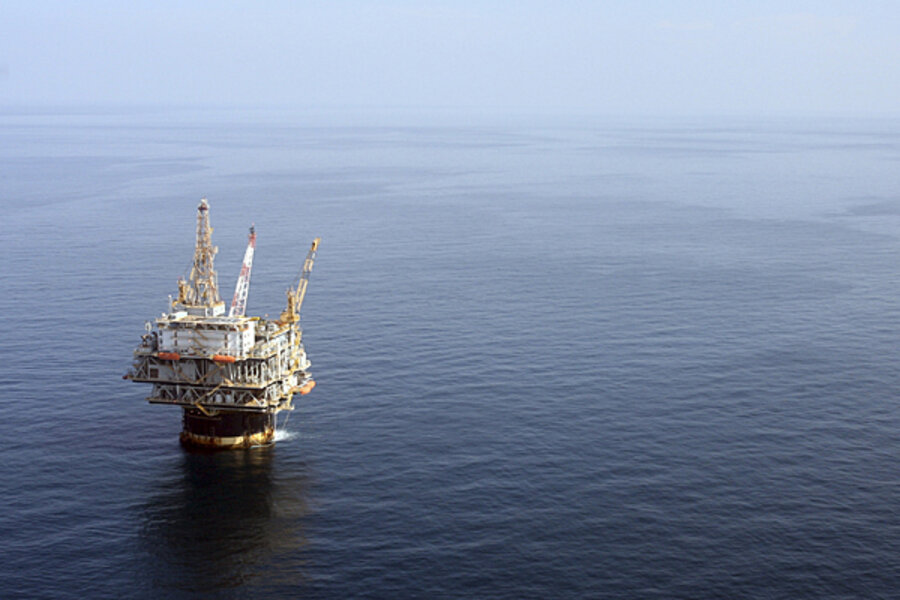Oil could be $15 more per barrel without more Middle East investment
Loading...
If the Middle East fails to invest adequately in its oil fields, global oil prices could spike by an additional $15 per barrel in the 2020s. That comes from the International Energy Agency in a new report assessing global energy investment needs through 2035.
The report estimates the investment in energy required to meet global demand over the next several decades. For example, $1.6 trillion was spent on energy supplies across the globe in 2013. That figure is expected to climb to $2 trillion annually over the next 20 years, with more than half of the annual sum going to offset declining production. In other words, the world will be forced to cough up over $1 trillion each year just to keep energy production flat.
While those figures are hard to fathom, they point to a future in which fossil fuels – oil in particular – become more expensive as cheaper reserves decline and producers go after harder-to-reach resources.
The US has become infatuated with shale oil and gas, and has been lulled into a false sense of confidence because of rising oil production in North Dakota and Texas. The oil industry has been busy convincing the American public that we are destined for energy “superpower” status.
It is true that US oil production has risen to its highest levels in over 20 years, but it may be short-lived. The IEA predicts that tight oil production in non-OPEC countries “starts to run out of steam in the 2020s.” After US shale oil begins to fizzle out, the world “becomes steadily more reliant on investment in the Middle East” to meet demand growth.
But the problem is that the Middle East may not be up to the task. The IEA projects that the Middle East will need to lift its production from around 28 million barrels per day (bpd) currently to 34 million bpd by 2035. This will require billions of dollars in new investment.
But the national governments in question – which largely control oil within their territories instead of private companies – cannot necessarily be counted upon, according to the IEA. “There are competing government priorities for spending, as well as political, security and logistical hurdles that could constrain production,” the report says, in what could be the understatement of the year. (Related Article: The Questionable Staying Power Of The US Shale Boom)
The Middle East will “need to invest today if not yesterday,” the IEA’s chief economist, Fatih Birol said, because oil projects have lead times of about seven years. So in order to make up for declining tight oil production in places like the U.S., as well as meet rising demand, the Middle East needs to be preparing today for its 2020 production.
More to the point, the IEA predicted in a 2013 report that nearly half of total oil production growth between now and 2035 would come from just two countries – Iraq and Brazil. Iraq has succeeded in boosting its production to 3.6 million bpd, the highest level in 30 years, but its ability to nearly triple its oil production over that timeframe – which the IEA is counting on – is suspect, to say the least.
That means that oil prices could spike much higher by the 2020’s. The IEA estimates it could be $15 per barrel more as a result, but that could be wildly optimistic. Just to take one example, the IEA predicted in its 2002 World Energy Outlook that oil prices would remain flat for a decade or so, hitting $21 per barrel in 2010, after which prices would “rise steadily to $29 in 2030.”
Accurate forecasting is difficult, but that’s the point: Unanticipated geopolitical events can disrupt or entirely shatter our assumptions about what the future will look like.
All this is to say that we can’t count on adequate supplies (at a price we are willing to pay) to meet demand indefinitely. US tight oil won’t solve all of our problems, despite what the industry says, nor will the traditional producers of the Middle East.







